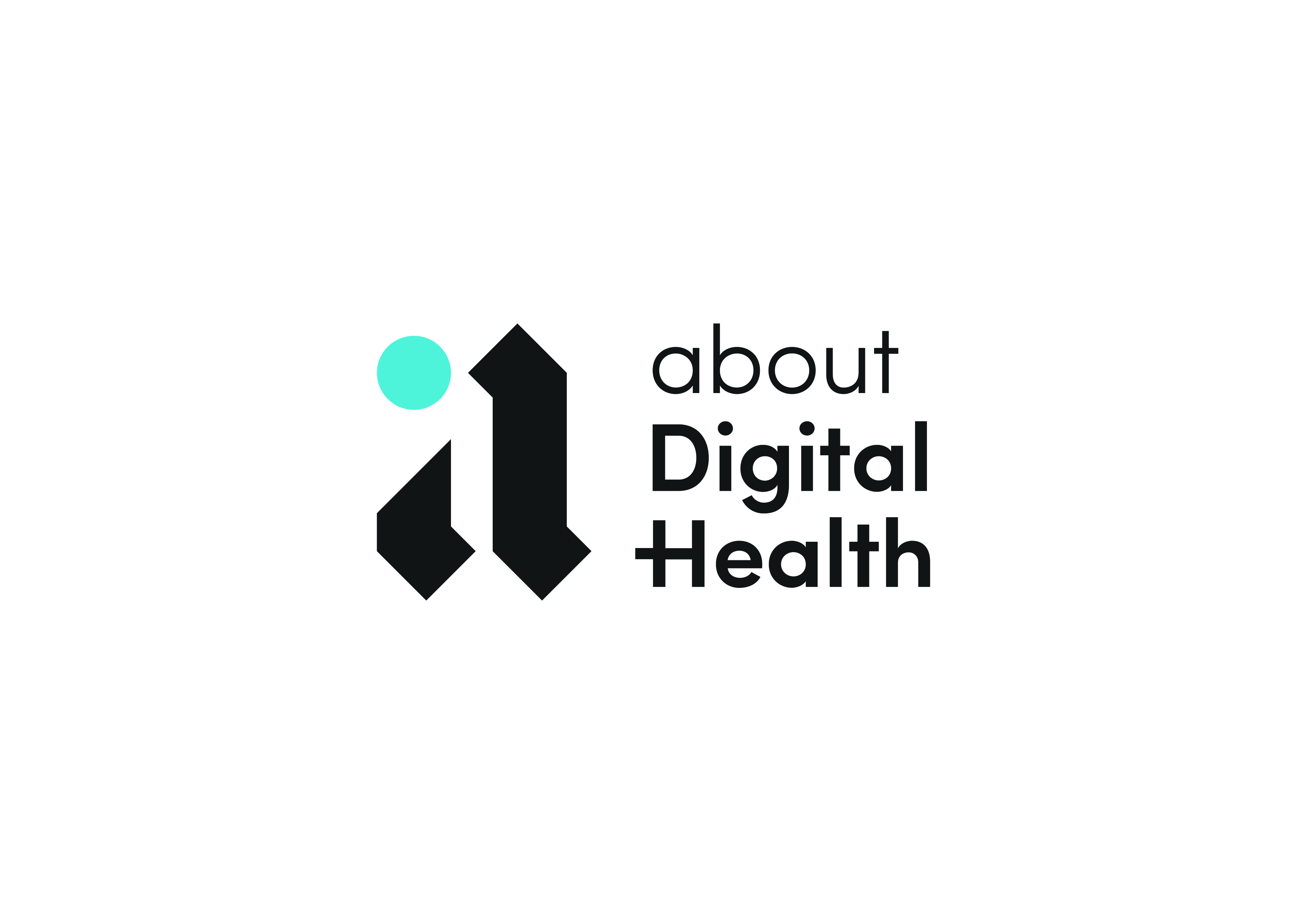
The World Health Organization’s recent report on digital health in its 53 European member states is full of detailed statistics and general recommendations. But will the 134-page document have any impact on digitalization policies? Is it just another report with wishful-thinking statements, or will it inspire concrete changes?
Dr David Novillo Ortiz—Head of the Unit Data and Digital Health at the World Health Organization—explains why the report matters.
WHO Europe has recently published the report “The Ongoing Journey to Commitment and Transformation. Digital Health in the European Region 2023” What are five critical findings new to what we already know?
The new report on digital health has a series of critical findings, strengthened by the fact that all 53 WHO European Member States have committed to sharing what is happening at the national level in digital health.
Highlights of the technical findings include:
- Only 19 countries have developed guidance on how to evaluate digital health interventions, which is vital to ensure they are safe and effective.
- Just over half the countries in the Region have developed policies for digital health literacy and implemented a digital inclusion plan.
- Thirty countries have introduced legislation to support telehealth during the COVID-19 pandemic.
- Many countries still lack a dedicated entity responsible for oversight of mobile health (mHealth) apps, in terms of quality, safety, and reliability, with just 15% reporting evaluations of government-sponsored mHealth programmes.
- Slightly more than half of the countries have developed a data strategy regulating the use of Big Data and advanced analytics in the health sector.
What did surprise you most when you read the report?
The report showed us that we are unintentionally leaving people behind and unprepared for the digital transformation that exploded during the COVID-19 pandemic. Not everyone is ready for the changes that come with the new—often disruptive—digital solutions.
For example, Eurostat data indicates that on average, little over one in two adults (people aged 16–74) across the EU27 showed basic or above basic proficiency across five components of digital skills (information and data literacy, communication and collaboration, digital content creation, safety, and problem-solving).
Countries recognize the critical importance of a competent health workforce. However, while over half of the Member States offered digital health training as part of continuous professional development, only a few made this compulsory. We have studied the impact of digital health and the barriers and facilitators of the adoption of these solutions in the health workforce, so it’s time to translate these findings into concrete policy actions.
Why did WHO Europe decide to prepare the report? What impact do you expect?
We can achieve progress, but we have to measure it to see its impact. Preparing this report was one way to understand better the evolution of digital health in the European Region, the infrastructure backbone that supports it, how it is being championed and utilized, and what barriers might impede its widespread adoption.
In some ways, we had seen the impact even before the report’s publication. This is because we used the data to develop the Regional digital health action plan for the WHO European Region 2023–2030 as the baseline approach. This plan was unanimously adopted by all 53 Member States last year, and it includes agreement on the way forward to leverage digital transformation for better health in Europe.
Looking ahead, we expect decision-makers to take stock of the challenges and start tackling them. We hope that other WHO regions will publish similar studies so that we can have a global overview of the status of digital health because monitoring the rapid evolution of this field is still one of our key challenges. This is one of the main findings in our recent report published in September 2023, “Monitoring the implementation of digital health: an overview of selected national and international methodologies.”
In the foreword, Dr Hans Henri P. Kluge, WHO Regional Director for Europe, says: “The insights from this report are not the end of our journey, but rather guiding principles pointing us towards the future.” So what are the next steps as consequences of the report?
Hans reminds us that we are on the cusp of a digital health revolution. Four critical steps are needed to fully realize the potential of digital health to make our health systems fit for the 21st century.
First, we need to ensure that every household and every community in our Region has access to reliable, low-cost broadband.
Second, governments and health authorities must start viewing digital health as a strategic long-term investment rather than a luxury for the few. Investing now will pay dividends later.
Third, building trust in digital health is fundamental to its adoption. Without trust, the whole system is at risk. We can successfully implement digital health tools and tackle digital inequalities, but patients, citizens, and health workers must know their data is safe.
Finally, and perhaps most crucially, we need to see more international collaboration and knowledge-sharing. Digital health tools, including electronic patient records, must be able to speak to each other across national and international boundaries. We call this “interoperability,” and it’s essential for these technologies to be cost-effective and impactful.
So, the next steps after this report and our asks to the Member States are connectivity, investment, trust, and cooperation.

43% of responding Member States reported that the priority of their digital health strategy is improving accessibility to health services. Do we already see some progress in this area?
Indeed, everyone should have access to digital health services and the knowledge of how to use them. We can see some promising progress, though it is not sufficient.
The good news is that 33 countries reported that they have measures to ensure equity in access to digital healthcare services. Unsurprisingly, a majority of these countries listed improving digital literacy and fast, safe, and reliable access to the Internet as their top priorities.
To expedite this progress, we need more collaboration between the public and the private sector, and that’s the reason we have launched a Strategic Partners Initiative on Data and Digital Health (SPI-DDH). This dynamic, multistakeholder platform will identify good practice approaches and address gaps in data and digital health ecosystems to help build safe, affordable, and person-centered European health systems of the future.
According to the report, “those who would benefit the most from digital health are the ones who risk being left behind.” Do you know what to do to change it?
Digital exclusion is a major driver of inequality and can lead to poor health outcomes. Older people, marginalized groups, and people with disabilities are in the greatest need of health services, and they are often less likely to have access to digital platforms.
Countries need stronger digital health education, but only 52% of Member States reported having such education policies or strategies in place. And only 56% of the Member States’ inclusion strategies, like digital literacy programmes, are aimed at marginalized communities.
Despite advances in digital transformation, concerns arise regarding equitable access to digital health solutions. One of our recent scoping reviews (Equity within digital health technology within the WHO European Region: a scoping review), developed in partnership with Public Health Wales, showed that digital health technologies (DHTs) are utilized more in urban areas compared to rural ones. We found higher DHT use by people with higher educational levels, higher economic status, and younger individuals.
We know the way forward. As part of the review, we’ve identified some critical areas for future development to address this gap:
- Develop a common framework to monitor and report how different groups of people use digital health tools and whether everyone has a fair chance to benefit from them.
- Map inequities in digital infrastructure, recognize and address this potential barrier to accessing DHTs.
- Identify effective ways to address knowledge, skills, and confidence in the use of DHTs by those most in need.
- Learn how various factors come together to promote equity in digital health.
- Design DHTs inclusively and involve people in the design process to make sure the solutions work for everyone, including those with disabilities or language barriers.
What does in practice mean “effective governance of digital health” – one of the recommendations in the report?
Working for over 15 years in this area, I’ve learned that it’s impossible to move digital health forward without two basic components: a stable national authority in charge of the issue and policies that support the achievement of the national health goals and are part of an overall digitalization strategy in the country. Without these, a country will not succeed in effective governance of digital health, even if it has the financial resources and the necessary infrastructure.
For more concrete examples of effective governance, the National eHealth Strategy Toolkit that we developed with the International Telecommunication Union (ITU) over 10 years ago is still a critical guidance document for Member States to set up a vision, plan, and evaluation.
Complementary components that are also critical as part of effective governance include strategy and investment, legislation, policy and compliance, workforce, standards and interoperability, infrastructure, and services and applications. These are the necessary ingredients to improve transparency and credibility, facilitate guidance, and ensure that a country’s mechanisms for approving, endorsing and owning digital health are in place.
On the one hand, the report is an excellent study of the state of digitization, but on the other hand, the critics say it’s very unspecific. It is a “call to action for Member States to construct intersectoral national policies and strategies, encouraging shared commitment, universal relevance, and an uncompromising focus on achieving health objectives” – for some, it’s a very vague call to action…
Constructive criticism is always welcome. The World Health Organization and the people who work for it are always ready to listen and learn. I also have my own analysis of the report. For example, it compiles data from 53 Member States, but we know that in most countries, it’s challenging to obtain a clear single picture inclusive of different cities and regions.
Also, right after we finalized the data collection, new relevant topics, such as generative AI, gained popularity, and we were not able to capture this in the report.
It is not always easy to get the perfect product with the right mix of data and analysis, especially in such a fast-changing area as digital health. And, of course, we know that in public health and evidence-based work—the heart of what we do at WHO—any step forward is an important milestone that should be celebrated.
So, while the report has room for improvement, I am proud of what we managed to achieve with our wonderful team. Evaluation is key to our work: now we know what needs to be improved next time, and this is how science works.
Let me also emphasize that the report is the first of its kind published by WHO since 2015 in the sense that it summarizes what is working and the barriers to equitable digital health.
While the report tried to point out the high-level actions that are needed, for some more concrete steps, I would like to refer to the Regional digital health action plan for the WHO European Region previously mentioned and its resolution.

The report was presented during the 2nd WHO Symposium on the Future of Health Systems in a Digital Era in the European Region. What are the takeaways from the event for those who didn’t participate?
If you were not able to participate, I would encourage you to visit the website of the symposium and watch the videos of all sessions. A report of the symposium will also be published soon on this website. In the meantime, please allow me to share some takeaways from the event.
During the two days, participants heard from 120 speakers across 24 sessions and also had the opportunity to engage with digital technologies directly through the Exhibition and Hackathon displays.
Whilst the subjects for individual sessions were wide-ranging, several cross-cutting areas formed a centerpiece of many discussions:
- Digital technologies can alleviate significant challenges faced by all countries in the European Region. However, they should not be seen as a panacea for solving issues such as the workforce crisis. Both positive and negative consequences of the digital transformation of health systems need to be considered. Applying digital technology to a broken, illness-based health system model will not fix the system; there is still a need for a shift towards health systems based on prevention and well-being.
- The COVID-19 pandemic has been a significant driver of the use of digital technologies in health care. The pandemic reduced the amount of red tape for new approaches, sped up existing agendas and ambitions around digital care, and highlighted the benefits to governments, healthcare professionals, and the public of increased digital engagement. However, work is needed to ensure that the proactive approach taken is not lost once we are no longer in ’emergency’ mode, reverting to previous ways of delivering care.
- Digital health systems and technologies should be designed with the end user in mind. Both health and care professionals and the public should be involved across the design process; in fact, they often have many of the solutions. Open source approaches can speed up digital development processes and engage those who are not digital experts, providing quick delivery of workable solutions.
- Digital health solutions must be easy to use and assimilate into clinical or patient routines; otherwise, they will increase the healthcare burden. There is also a need to upskill both the workforce and the public to be able to use a range of digital tools.
- Equity should always be considered when designing, implementing, and evaluating digital innovations. Digital technologies should reduce inequalities, not worsen them. While older people are recognized as a group disproportionally impacted by a lack of digital access and literacy, other communities may also struggle. People also have the right to choose not to engage in digital health if they wish.
- Interoperability of digital systems is key. A joined-up approach to development and regulation across the European Region will help maximize interoperability. High-quality, robust standards such as the FHIR standard are revolutionizing interoperability and how systems interconnect; however, progress on interoperability is still slower than needed.
- There is a human component to advancing the digital agenda and a technological one. Trust is paramount, particularly given prevailing views regarding data sharing and privacy. There is a need to change current cultures and allow people to see the value of sharing data, albeit with clear lines of data ownership, in order to maximize the potential of digital healthcare.
You are the Head of WHO Europe’s “Data and Digital Health” Unit. What are your plans for the next three years?
The priority of our team is to continue translating the views of Hans, our Regional Director, and Natasha Azzopardi-Muscat, our Divisional Director, into concrete action, resources, and impact at the country level.
In regard to digital health in particular, and the context of the Regional digital health action plan for the WHO European Region and the WHO Global Digital Health Strategy, we will work to ensure that we enhance digital health literacy across the Region so that we have proper mechanisms to monitor the use, access, and engagement of digital solutions leaving no one behind and that we are able to provide guidance and technical support to all Member States in this journey.
Recently, our WHO headquarters in Geneva published a guidance for effective regulation of AI in healthcare. And soon, we will start discussions on a renewed WHO global mandate on digital transformation in health. The European Region stands ready to support our headquarters colleagues in both endeavors.
As to data, we continue monitoring the situation and health trends in the European Region. A new European Health Report will be launched in 2025. In addition, we will do our best to address the biggest challenges related to data coverage, such as clearly defined indicators, data comparability, and data timeliness (less than 30% of the latest available data is from 2022 and 2023, while over half of the latest data comes from 2020 and 2021).
A lot of work lies ahead for us and those who dedicate their time to these subjects.

Can I ask you a favour?
Please donate to aboutDigitalHealth.com (€1+) and support independent journalism. Thank you for your support!
€1.00